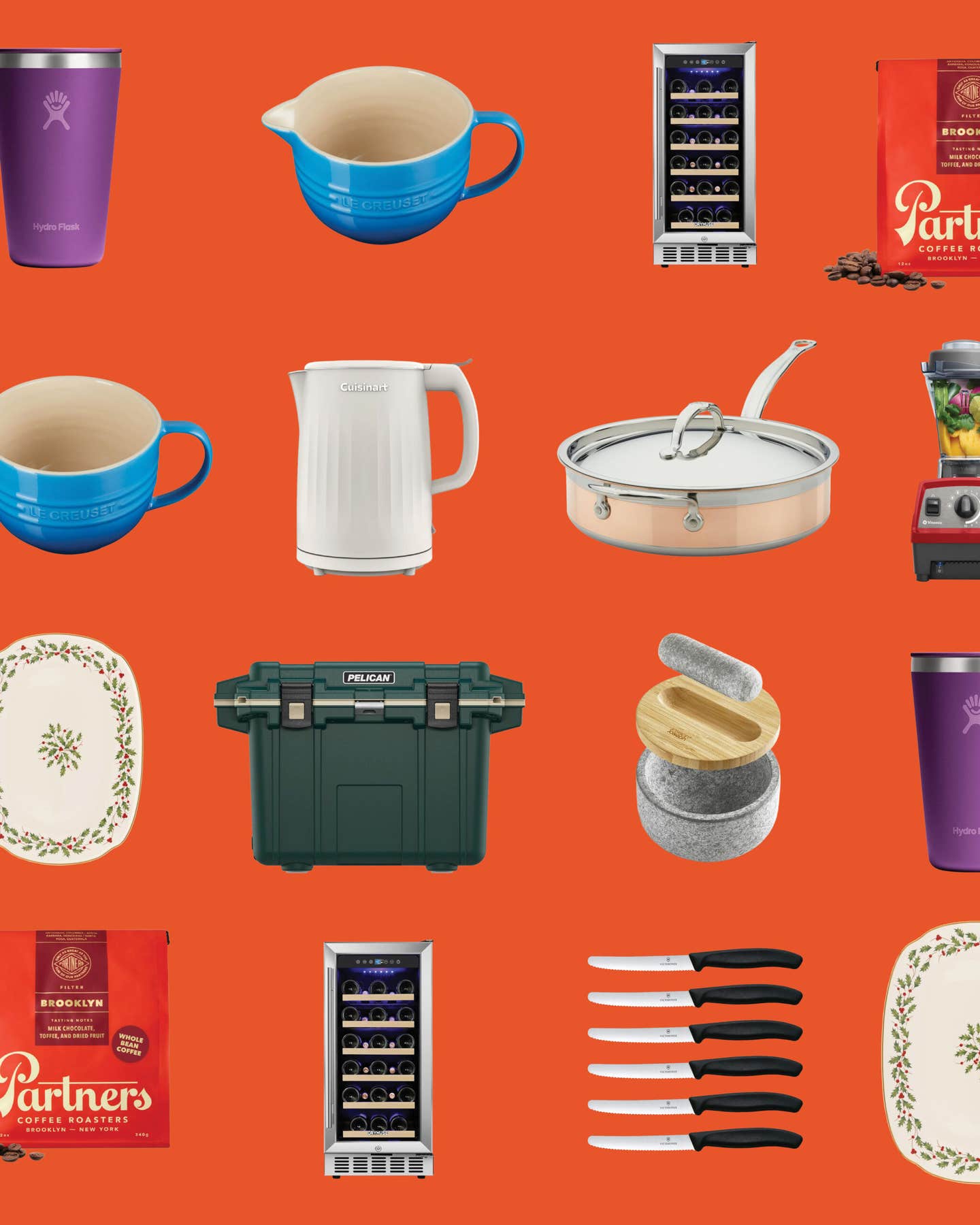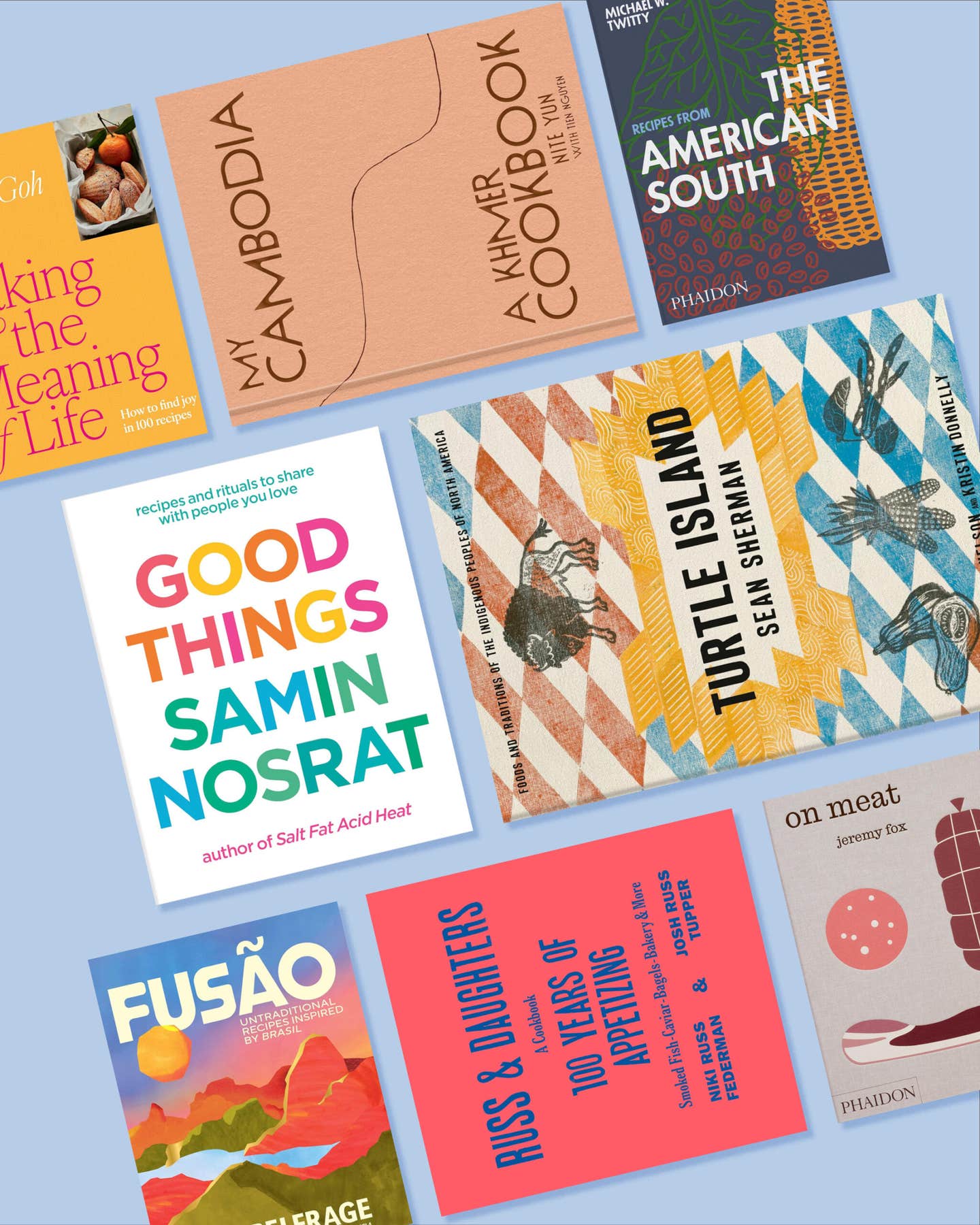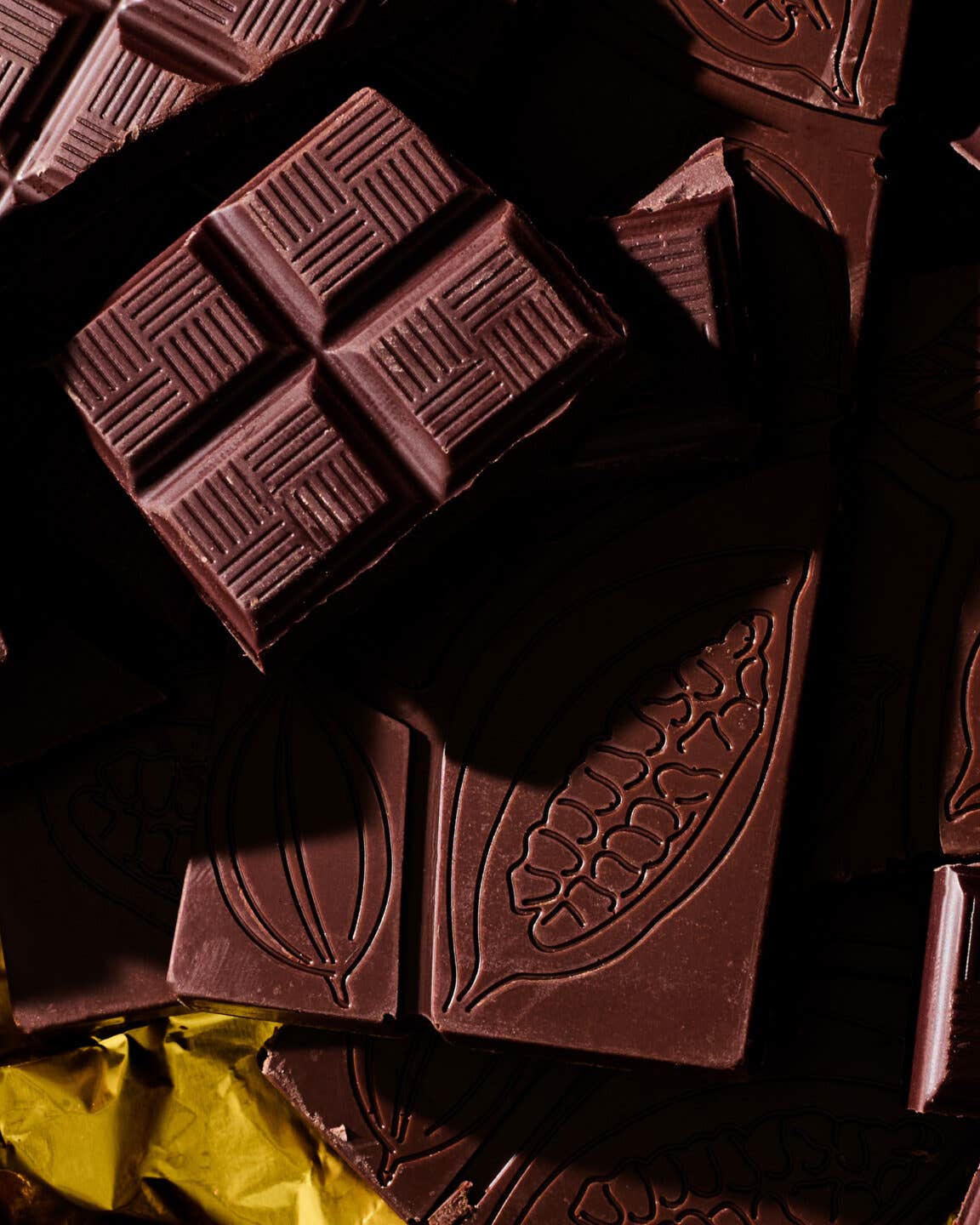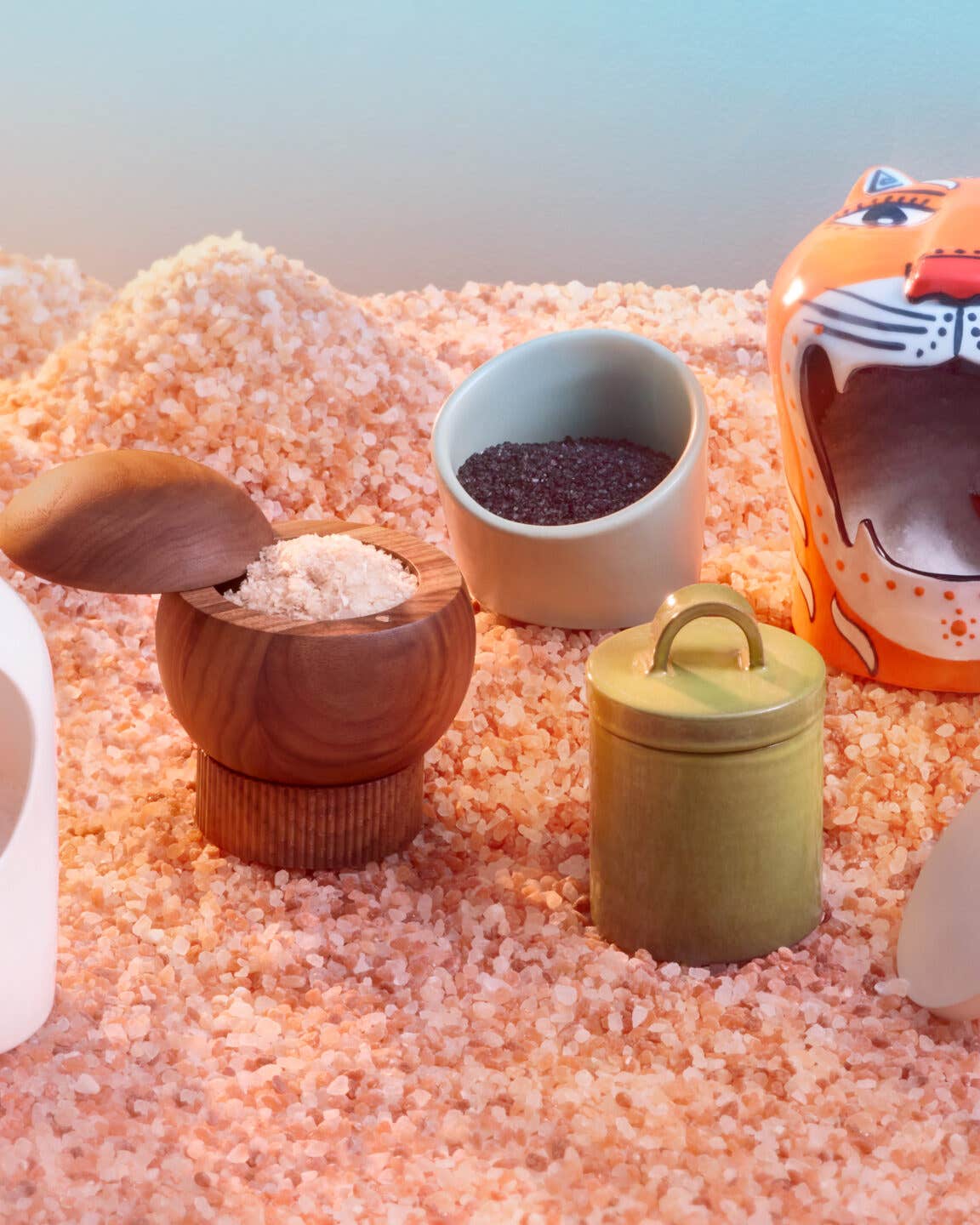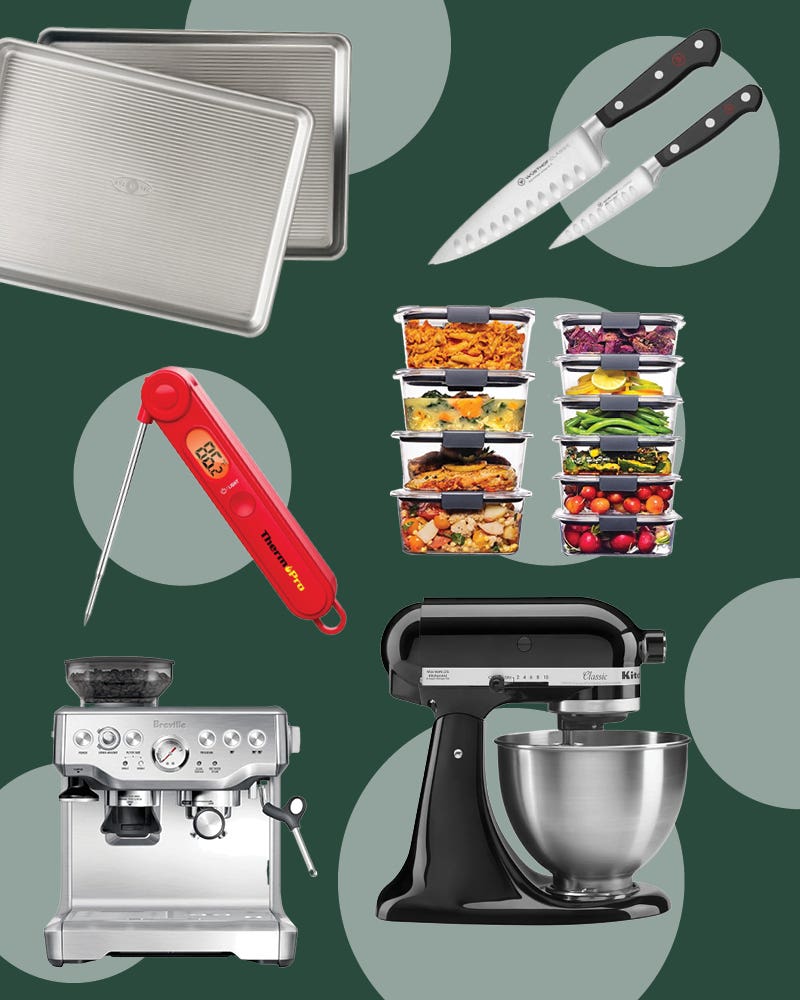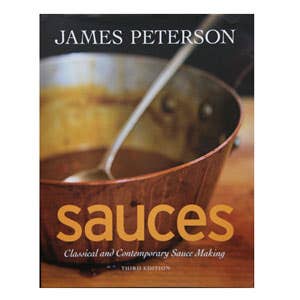
Readings for the Season

1001 Wines You Must Taste Before You Die _edited by Neil Beckett (Universe, $36.95)
_
Anticipating one's final breath isn't necessarily a joyful task—or even a common one. What's certainly more pleasant is anticipating a glass of wine, but even that can be stressful where choosing what to drink is concerned. Universe Publishing, an imprint of Rizzoli, has combined these two themes in this hefty but snappy tome, which begins with a useful index, sorting the chosen wines by region of origin. Other indexes in the book sort wines by producer and price, making the selection process about as precise as a wine lover could hope for. Finding out whether a certain wine is available in your local area could be difficult, but it's worth e-mailing distributors if you're working your way through, say, New Zealand whites and you absolutely need to try that bottle of Seresin 2006 Sauvignon Blanc. At least you can say that you'll die happy. —Jayanthi Daniel
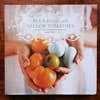
Blue Eggs and Yellow Tomatoes: Recipes from a Modern Kitchen Garden by Jeanne Kelley (Running Press, $35)
One glance at the cover of this cookbook made me want to dig my hands into the soil to grow my own gorgeous ingredients: the bountiful handful of plump, sun yellow heirloom tomatoes, and hen eggs the color of a pale dawn sky are from the author's Los Angeles home garden and chickens. (Conveniently, the cookbook also offers advice on home gardening and chicken raising, for the ambitious.) Kelley doesn't expect her readers to have their own santa rosa plum trees, but she advocates local organic products and high-quality ingredients that don't need much to shine—just the polish of her simple and soul-satisfying recipes. From breakfast to dinner and every lunch or cocktail hour in between, these often globally inspired recipes drive one to the kitchen for hearty, rustic fare like rabbit with prunes and olives or brussels sprouts with marjoram and pine nuts. These are recipes that, at every turn, bring the best of the earth to the home table and the plate. —Kendra Racouillat
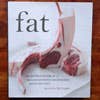
Fat: An Appreciation of a Misunderstood Ingredient, with Recipes _by Jennifer McLagan (Ten Speed Press, $32.50)
_
Since the late 1970s, at the urging of dietitians and doctors, cooks around the developed world have purged fat from their pantries. Fat, the public was told, led to coronary disease, obesity, and other ailments. Delights like the dish of sweet butter, the cardboard container of snow white lard, and the aromatic plateside pot of schmaltz started disappearing from our kitchens. Unfortunately, the migrating fats took with them thousands of years of cooking culture, positive health effects, and considerable flavor. Though refined carbohydrates are increasingly thought to be a culprit in the American dietary dilemma, fats are still reflexively vilified. Jennifer McLagan's Fat is an homage to and a history of this much-maligned component of cooking. McLagan makes the case for restoring fat to a place of honor at our tables: fat is not a toxin (on the contrary, it helps our bodies absorb nutrients, vitamins, and fat-soluble vitamins), and it enhances, enables, and contains flavor. Quite simply, in McLagan's words, it "makes everything we eat taste better". Though this book might not be for everyone—those with heart disease shouldn't necessarily indulge in the bone marrow crostini without serious prior consideration—McLagan does invite her readers to start larding at every opportunity. Each chapter is centered on one fat, with wide-ranging recipes in each: the butter chapter moves from Ethiopian spiced butter to a Parisian salted butter tart; the panegyric to pork fat gives tips on the use of leaf lard in pastry; the primer on poultry fat includes duck fat biscuits and gribenes ("the Jewish answer to pork cracklings"); and the chapter on beef and lamb encompasses bone marrow sauce, braised oxtail, and suet dumplings. The book itself is larded with a cultural history of animal fats: most memorably, opposite a recipe for puff pastry, we learn that in Ireland, Iceland, Finland, and elsewhere, butter was aged and preserved by being buried in waterlogged peat while wrapped in woven wicker. Today, turf cutters routinely discover parcels of antique fat; one recent discovery was carbon-dated at 2,000 years. Fat is, above all, an invitation to partake in the profound and ancient pleasures of the table—one that we are happy to accept. —Karen Shimizu
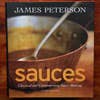
**Sauces: Classical and Contemporary Sauce Making **_by James Peterson (Wiley, $49.95)
_
This definitive compendium accomplishes no small feat as it demystifies the most esoteric of modern and classic sauces. From Escoffier's demi-glace to Japanese ponzu, Peterson's third-edition guide advises novices and chefs alike about the essentials of any meal's foundation and flavor. A compelling mini history and a complete shopping list preface each recipe, and the detailed chapters are organized by base and type: there are separate chapters for integral and nonintegral fish sauces, for instance ("integral" refers to the use of juices from a just-cooked fish, while nonintegral sauces can be made in advance). Meat and fish jellies have their own section, as do hot egg yolk or butter sauces, purees, and pasta and dessert sauces. White and brown sauces are accompanied by valuable tables dissecting derivatives and liaisons, and each recipe contains variations for enrichments or for vegetarians. Whether reviving the integrity of aspics or explicating the intricacies of mayonnaise, Peterson insists that we follow the "precepts of good cooking…so that we can eat, not self-consciously, but with gusto and spontaneity". Who ever thought a bechamel could be so fascinating? —Leslie Pariseau
(Editor's Note: For more about sauces and James Peterson's book, visit saveur.com/issue116.)
Keep Reading
Continue to Next Story
